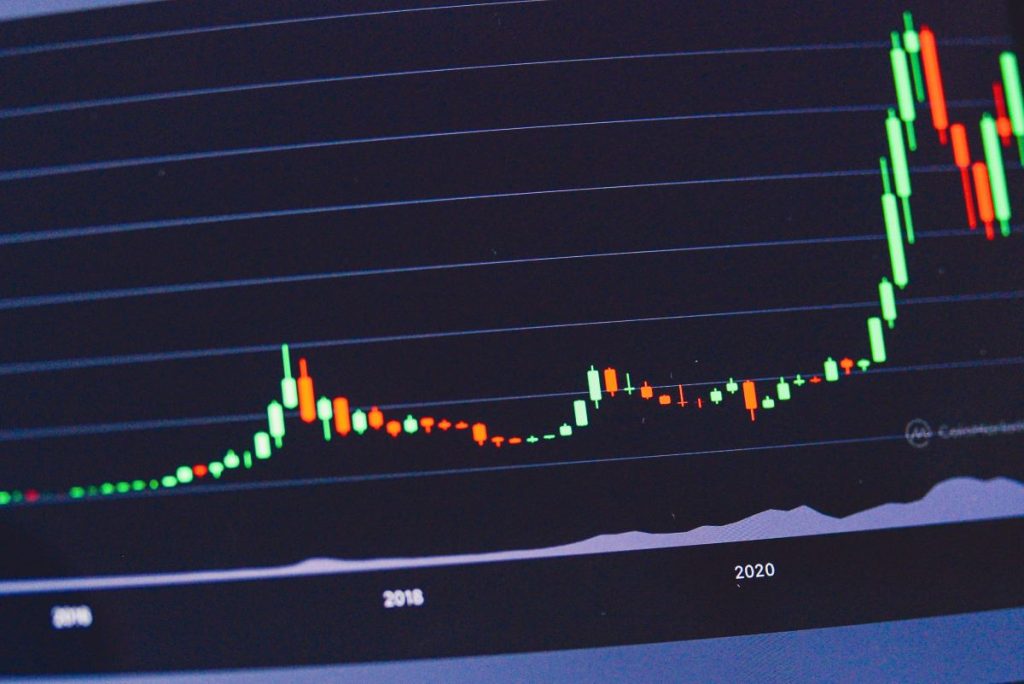Global Demand Deterioration Fuels Rise in Spare Capacity
The GEP Global Supply Chain Volatility Index, a key indicator tracking various supply chain factors, has reported a decrease to -0.43 in September, the lowest in 14 months. This suggests an increase in global supply chain spare capacity, the highest since July 2023. The rise in spare capacity is primarily driven by a further decline in global demand, with factory purchasing activity hitting its weakest point so far this year.
Regional Impacts on Supply Chain Spare Capacity
In North America, supplier spare capacity saw a significant increase as U.S. manufacturers reduced their purchasing volumes in response to a slowing economy. Similarly, Asia experienced a rise in supply chain spare capacity, reaching a year-to-date high due to slowing economic conditions globally. Factors such as the impact of Typhoon Yagi in Southeast Asia and the intensifying industrial recession in Europe further contributed to the increase in spare capacity.
The current state of the global supply chain underscores the need for manufacturers to prioritize agility and resilience in their procurement and supply chains, especially in light of potential geopolitical challenges such as the possibility of an escalating conflict in the Middle East and the prospect of additional tariffs and trade barriers in the coming year. Manufacturers should consider prioritizing supply chain resilience over cost-cutting and embracing network effects in supply chain management to navigate these challenges.







